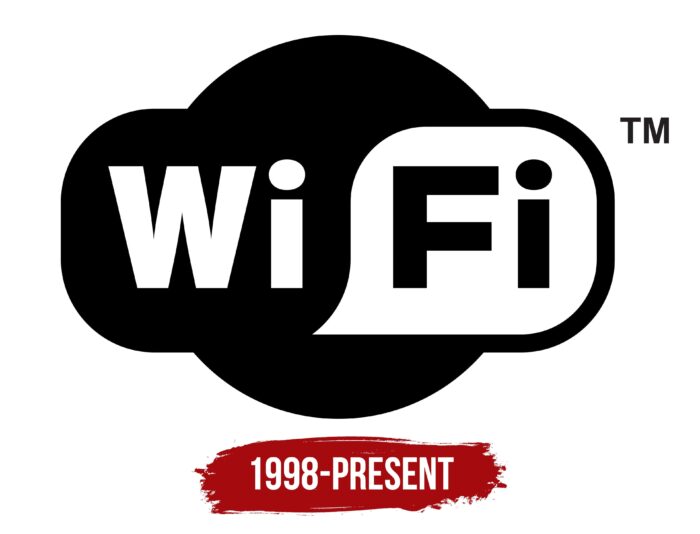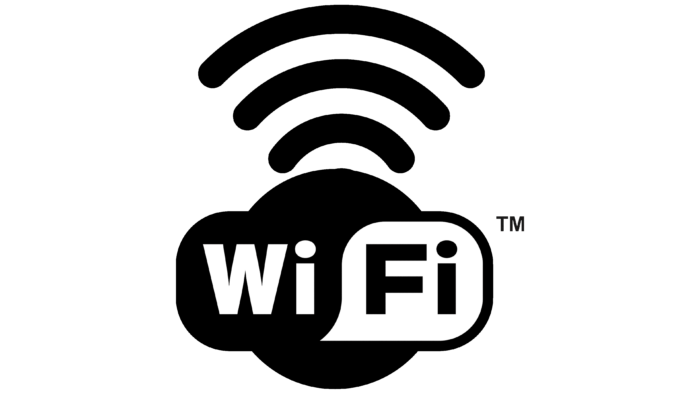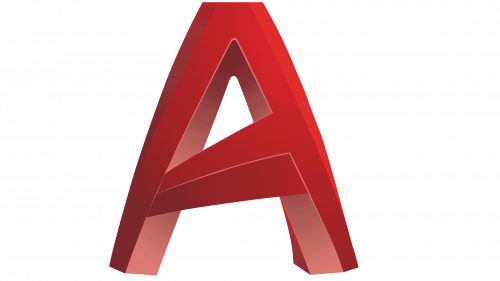The visual sign reflects the idea of communication, the possibility of communication between two subscribers for data transmission. The Wi-Fi logo shows the point from which the signal propagates to nearby devices. The elements read simplicity and reliability.
WiFi: Brand overview
| Founded: | 21 September 1997 |
| Headquarters: | United States |
Meaning and History
Wireless Wi-Fi appeared in late 1997, being created at the Commonwealth Scientific and Industrial Research Organization (CSIRO) Radio Astronomy Center. The mass launch took place in 1998 when an Australian laboratory from Canberra finalized a new standard for communication over the air. The author of the protocol was engineer John O’Sullivan.
And Wi-Fi is a trademark that belongs to the nonprofit Wi-Fi Alliance company. As of 2017, the community had more than 800 companies from all over the world. And in 2019, demand for this communications standard grew so much that shipments of Wi-Fi-enabled devices exceeded 3.05 billion units. In 2021, there were already several versions of IEEE 802 protocols, and their characteristics determine the maximum speed of information exchange and transmission frequencies. There are bands divided into several channels.
Radio wave data transmission bands work best in line-of-sight areas. Various obstacles in the form of poles, appliances, walls, and other things reduce their propagation speed and reduce the range of coverage. On average, it is about 20 m. Modern access points can achieve a range of up to 150 m, but only outdoors.
The name for the Wi-Fi technology appeared a year after its launch. It was developed by consulting firm Interbrand at the request of the Wi-Fi Alliance, which wanted a more memorable, simple, and easy-to-pronounce phrase than IEEE 802.11b Direct Sequence. The branding agency gave the choice of 10 options, of which Phil Belanger (the founder of the Alliance) chose the term with the spelling of “Wi-Fi.”
Moreover, the resulting word does not mean anything and is in no way related to the acronym for Wireless Fidelity, but for advertising purposes, the developers use this similarity. There was also a reference to the English version “High Fidelity,” which hints at high fidelity and is spelled Hi-Fi. The Interbrand studio also created the Wi-Fi logo. It drew a parallel between the concept of yin-yang (the original cosmogenesis of Chinese philosophy) and the new technology of device compatibility.
The logo shows a complex two-color figure. Its complexity lies in its multi-structure, although it is not immediately noticeable due to the specific palette. The emblem shows a solid filled circle with an oval in the background, made up of two combined halves. The left one is black, like the base, the right one is white, so it is visible against a dark background, unlike the first one.
On them, the name of the digital product is written in a contrasting font, additionally encircled by a frame. So black on black is not visible. But, as they say, it is there. It is probably a reflection of the principle of the radio wave network with communication over the air: invisible but existing. The two central parts with the name are reminiscent of the oriental yin-yang symbol, where the role of the classic dots is played by the words “Wi” and “Fi.”
Font and Colors
The official logo uses a sans serif geometric typeface. It is a typographic typeface with an even cut of the upper elements, precise lines, and perfect angles: three sharp (in the letter “W”) and several right angles (in all the other symbols). The color palette of the emblem is monochrome, consisting of black and white.
WiFi color codes
| Black | Hex color: | #000000 |
|---|---|---|
| RGB: | 0 0 0 | |
| CMYK: | 0 0 0 100 | |
| Pantone: | PMS Process Black C |






